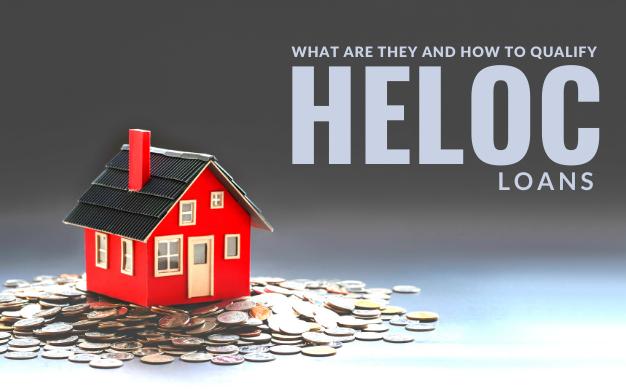HELOC Loans – What Are They And How To Qualify
Since there were many questions about this type of financing, mainly when it comes to financing roof replacement or fixing, we’ve decided to answer once and for all what HELOC is.
It’s an abbreviation for a home equity line of credit, credit secured by your home that gives you a large amount of revolving funds for substantial home reparations. The reason why people may go for this loan type over others, despite giving your house as an insurance, is that it often has a lower interest rate, and it may be deducted from taxes.
How does a HELOC Work?
Usually, you’re borrowing funds against your home equity (meaning the value of your home minus any burdens such as a mortgage). The loan works similar to a credit card, so within your draw period, which is typically 10 years, everything you pay off, you can borrow again and use it for another repair. It works this way until you come to a repayment period, usually 20 years from the date you borrowed the funds.
Interest Rates
Since you’re offering your house as collateral, this type of loan usually has an appealing interest rate, probably close to the one you’re paying for the mortgage. Normally, the interest rate is variable, and it’s calculated from both index and the margin. It practically means that your rate can change every month. However, some banks, including Bank of America, offered an option to convert a part of your interest rate into fixed, which can protect you from rising interest rates and enable you to plan your budget.
Difference Between HELOC And Other Loan Types
First of all, with HELOC, you don’t need to spend all the funds at once or even withdraw them. Unlike a typical bank loan, where the amount is given once the loan is approved, HELOC functions more like a credit card. You are entitled to withdraw funds whenever you need to during the drawing period, which can vary from 5 to 25 years. This is the main difference between a home equity loan and HELOC, often mixed terms in the bank terminology. Once this period is done, you’re due to repay borrowed funds increased by the interest rate. Also, as mentioned above, there’s a chance to convert the interest rate into fixed, which is not possible with other loans.
The downside here is that you’re giving your home as collateral, which means that failing to repay the loan will lead to potential home loss and foreclosure. Yet, as long as you’re aware of your obligations, it pays out better than a personal or any other loan, with the interest rate being deductible through taxes.

